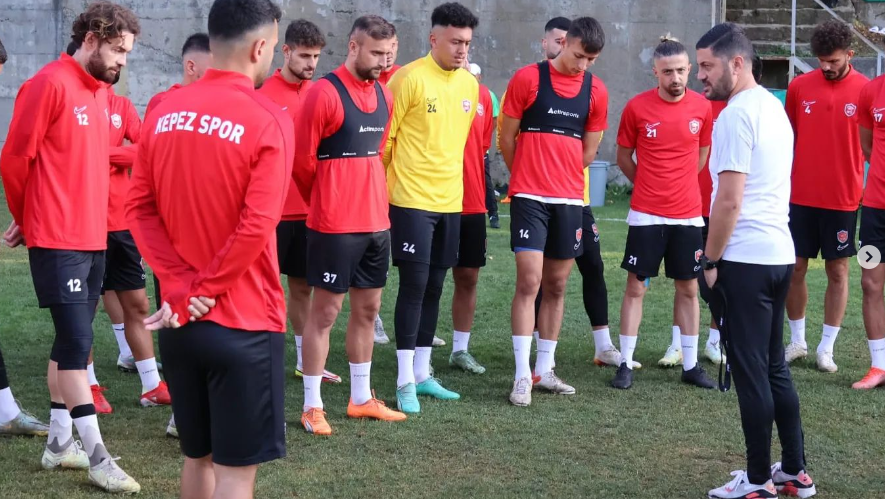In modern football, where milliseconds and millimeters can define victory, technology plays a pivotal role. Among the game-changing innovations, GPS technology has emerged as a cornerstone in performance tracking and optimization. From tracking player movements to aligning with FIFA regulations, let’s explore how GPS is reshaping football and unlocking unprecedented insights.
The Evolution of GPS in Football
The journey of GPS in football began with the need to measure player performance objectively. Initially limited to elite teams, wearable GPS devices have now become a standard tool across various levels of the game, from professional leagues to grassroots academies. These devices, embedded in lightweight vests, record metrics like speed, distance, acceleration, and deceleration, offering a detailed view of player activity during matches and training.
FIFA Regulations on GPS Technology
FIFA’s approval and regulation of wearable technology have been critical in legitimizing the use of GPS devices during official matches. Key aspects of FIFA’s wearable technology regulations include:
- Safety Standards: All GPS devices must comply with FIFA’s safety requirements to ensure they pose no risk to players.
- Performance Criteria: Devices must deliver accurate and reliable data for performance monitoring.
- Data Usage and Privacy: Strict rules govern the collection, storage, and sharing of player data to protect privacy.
Teams aiming to implement GPS technology in official competitions must ensure that their systems meet FIFA’s stringent standards. Accreditation from FIFA provides a competitive edge, enhancing trust and credibility.
Performance Insights from GPS Data
GPS technology provides invaluable insights into various aspects of football performance:
- Player Workload Management: Coaches can monitor physical exertion to optimize training intensity and reduce injury risks.
- Tactical Analysis: GPS data helps analyze team formation, player positioning, and movement patterns, enabling tactical adjustments in real time.
- Recovery Monitoring: Tracking metrics like heart rate and distance covered aids in planning recovery sessions tailored to individual needs.
- Injury Prevention: By identifying patterns of overexertion or imbalance, GPS data helps prevent common football injuries such as hamstring strains.
GPS for Grassroots and Beyond
While elite teams have long benefited from GPS technology, its affordability and accessibility have made it viable for academies and amateur clubs. These systems empower young athletes with professional-grade insights, fostering development and bridging the gap between grassroots and elite football.
Challenges and the Future of GPS in Football
Despite its advantages, GPS technology faces challenges such as cost barriers, data accuracy in dense environments, and integration with existing analytical tools. However, advancements like AI-powered injury prediction and real-time data visualization are set to revolutionize its application further.
Conclusion
GPS technology is no longer a luxury but a necessity in football. By adhering to FIFA regulations and leveraging performance insights, teams can gain a competitive edge, enhance player safety, and elevate the game’s overall quality. As this technology continues to evolve, its impact on football will only grow, unlocking new possibilities for players, coaches, and analysts alike.



